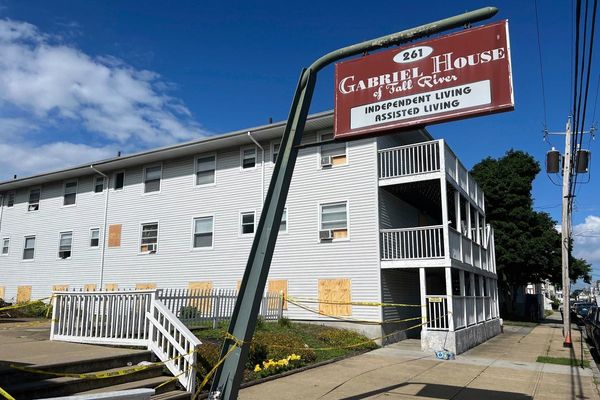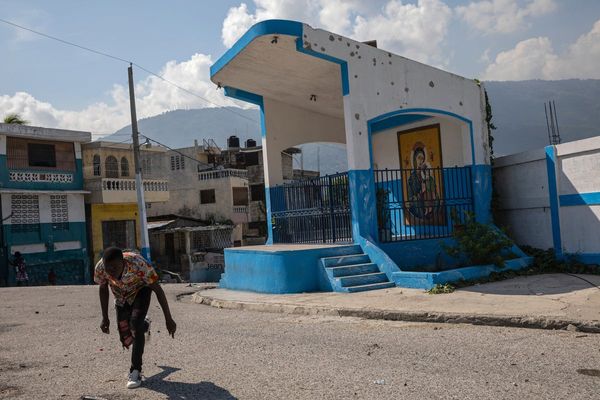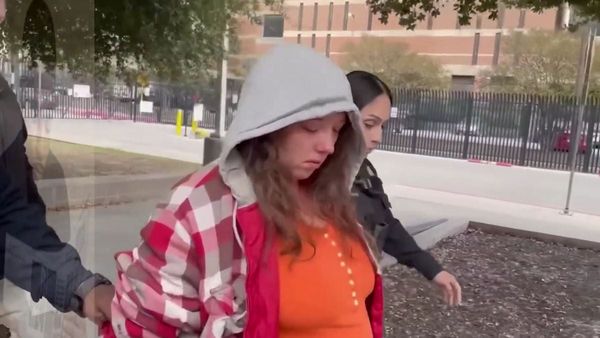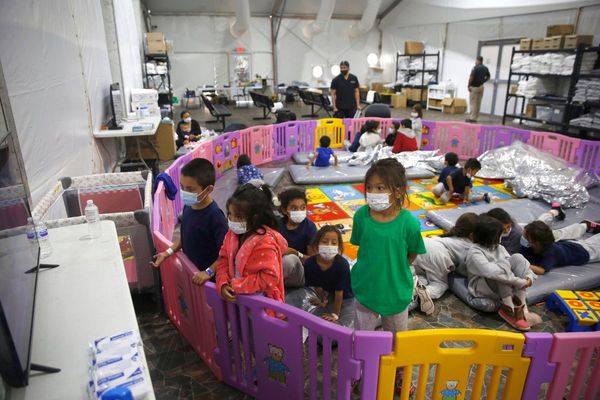
Scientists have pinpointed pieces of DNA which, they say, act like Bond villains in the way they help cancers spread. These microscopic agents have also been shown to be responsible for helping tumours gain resistance to anti-cancer drugs.
The discovery of these bits of genetic material – known as extrachromosomal DNA or ecDNA – could revolutionise the treatments of some of the most aggressive tumours that affect people today, add the researchers.
“The discovery of how these bits of DNA behave inside our bodies is a gamechanger,” said Professor Paul Mischel of California’s Stanford university, one of the leaders of the programme. “We believe they are responsible for a large number of the more advanced, most serious cancers affecting people today. If we can block their activities, we can block the spread of these cancers.”
Made up of tiny loops of DNA, these genetic villains survive outside the chromosomes which are our cells’ main repositories of genetic material and which direct the growth of our bodies and determine our individual characteristics. The existence of these smaller units was revealed years ago but their importance in cancer has only now been uncovered.

“We have found that ecDNA act as cancer-causing genes that have somehow separated themselves from a person’s chromosomes and have started to behave in ways that circumvent the normal rules of genetics,” said Stanford university geneticist Howard Chang. “They behave like villains in a Bond film. At first, in a film, you see different explosions, killings and disasters occurring and you don’t know why they are happening or who is responsible. Then, at some point, you finally meet the villain who is revealed to be the agent of all this mayhem.”
Hence the parallel with ecDNA. Scientists could see all sorts of strange, unaccountable things happening – tumours spreading with unanticipated speed or cancers becoming resistant to drugs that had initially been effective in attacking them. “Now, at last, we have revealed the agents of these events. It is ecDNA,” added Chang.
The breakthrough is part of a major initiative, known as the Cancer Grand Challenges, that is backed by Cancer Research UK and the US National Cancer Institute. It has been set up to fund multidisciplinary research programmes that could develop novel routes for tackling cancer. In this case, it has provided £20m to fund the work on ecDNA’s involvement in cancers and has involved teams of chemists, biologists, geneticists, mathematicians, and immunologists – based in California, London and other centres – collaborating to show how these little loops of DNA cause such biological harm.
In recent years, scientists have shown that tumours occur because normal genes in a cell go wrong and cause that cell to divide uncontrollably. The end result is a tumour. These genes are known as oncogenes and they can be targeted by a range of drugs and therapies.
“However, resistance to those drugs or therapies often appears after a while, and this allows the cancer to return. We have now discovered that, in some of the most aggressive forms of cancer, the oncogenes aren’t where we thought they were. They are actually on extrachromosomal DNA,” said Mischel.“The vulnerable gene had quickly disappeared when threatened by cancer drugs and was hidden in ecDNA. Then it reappeared once it was safe for it to start causing damage again.”
From this perspective, ecDNA is not just a villain. It is a criminal mastermind. “It can almost completely disappear from a tumour and then come back after you stop drug treatments,” said Professor Charlie Swanton of the Francis Crick Institute in London. “That provides almost infinite adaptability.”
Nevertheless scientists are confident that they will be able to find ways of removing ecDNA from patients. “It should be noted that ecDNA is a feature of cancer and not healthy tissue, so that raises hopes that when we find ways to remove it – through drugs or some form of therapy – then it will not have unpleasant side-effects,” said Dr Mariam Jamal-Hanjani of University College London Cancer Institute.
“The crucial point is that once we have found the cause of the problem then it becomes possible to develop and try out all sorts of drugs and therapies to tackle that.”
This point was backed by Chang: “We are now looking to pinpoint the achilles heel of ecDNA and have identified a protein that helps hold it together. We have also discovered a drug that has a promising effect on this protein. And in the coming years, we will test a lot more until we find the best one to tackle ecDNA and halt its pro-cancerous activities. It will take time but I am confident we will get there.”







